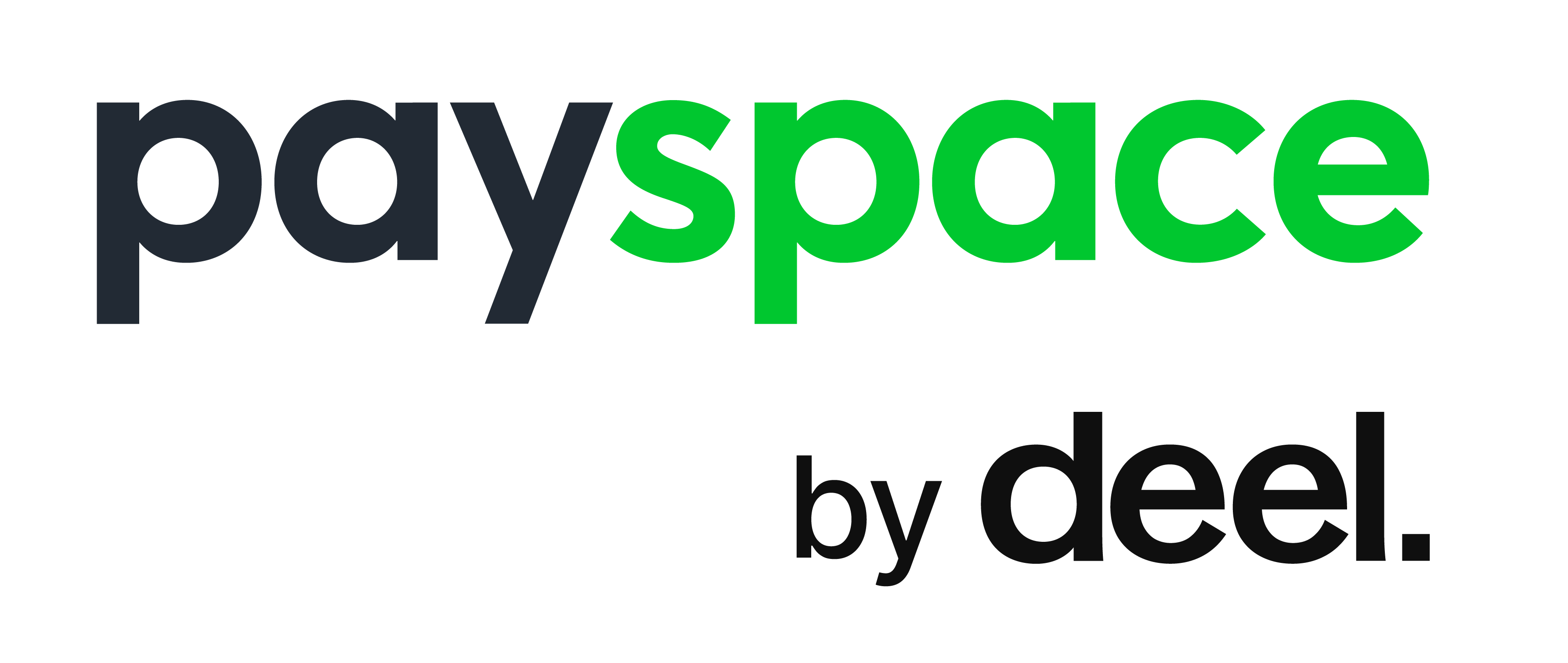Why undertake a cloud migration? There are several excellent reasons. The benefits of cloud-native software are many and varied: it makes information easier to access, updates automatically, and makes your IT systems more transparent and visible to the relevant members of staff.
But the “Why” of migrating often isn’t the question – it’s: “When?” Depending on the way your systems and your business are structured, it might be an inconvenient time to complete the transition.
That’s why we’ve created this cloud readiness assessment to help you decide whether or not you’re ready for the big move. These three questions will help you prepare your company for a simple, stress-free cloud migration.
What technology will you use?
If the technology you need is available and on hand, your cloud migration will be significantly easier. In particular, your new software should be similar – or superior to – your on-site software in terms of form, function, and capability.
During your cloud readiness assessment, you should pay special attention to the features different packages offer. Security is especially important: your vendor should have the right credentials to protect your business against possible attacks. Certificates such as ISO 27001 are especially important: knowing that your provider adheres to the highest standards can only help.
But beyond mere protection, cloud software can do much more. Some payroll tools, for example, can offer built-in legislative updates to ensure full adherence at all times – PaySpace’s system covers some 37 countries in Africa.
Create a checklist full of your most desired characteristics in advance of your migration, and make sure your chosen tool ticks your most important boxes.
How will it impact your processes?
Another factor for your cloud readiness assessment is the impact the transition will have on your processes. The day-to-day workings of your business may be disrupted if it is undertaken incorrectly.
But if it’s undertaken correctly, it can have a highly beneficial impact on your business – automating time-consuming tasks such as report creation and software updates, and reducing your administrative burden. It can even change the way your staff interact with each other.
For example, if you implement a cloud-native self-service payroll system, staff will be able to view payslips and leave allocation online. This will significantly reduce their interactions with HR – freeing up their time and HR’s in the process.
To ensure minimal disruption to your processes change management and employee training is of great importance. With the employee self-service portal, for example, workers will have to be shown how to use the system and have access to support should they struggle with understanding how it works.
Luckily, many cloud-native products also supply online training or tutorials to help employees get up to speed with new systems as quickly as possible, ensuring minimal disruption to your business.
Is your company culture receptive to this level of change?
One of the principal benefits of cloud software is that it’s highly change-friendly: it evolves quickly and updates constantly. Iterative improvements and transformative improvements alike can be made through an overnight update; no waiting for the rollout of the next edition of the software.
But another consideration for your cloud readiness assessment is your company culture. For cloud software to be truly successful the company implementing it has to believe in progress through technology. Your employees need to be passionate about technology trends, receptive to the evolving, ever-changing nature of software, and endlessly curious and willing to learn. These values must be instilled at every level of the company.
Because ultimately, this technology is something that must be embraced as much as it is implemented. The cloud readiness assessment is as much about philosophical readiness as much as system readiness. Open minds to cloud technology, and you open up possibilities.
If you would like more information about cloud payroll software, or if you’re ready to take the plunge and migrate – give us a call.










